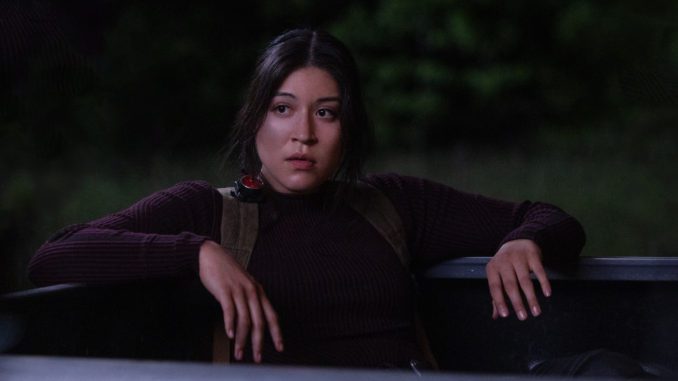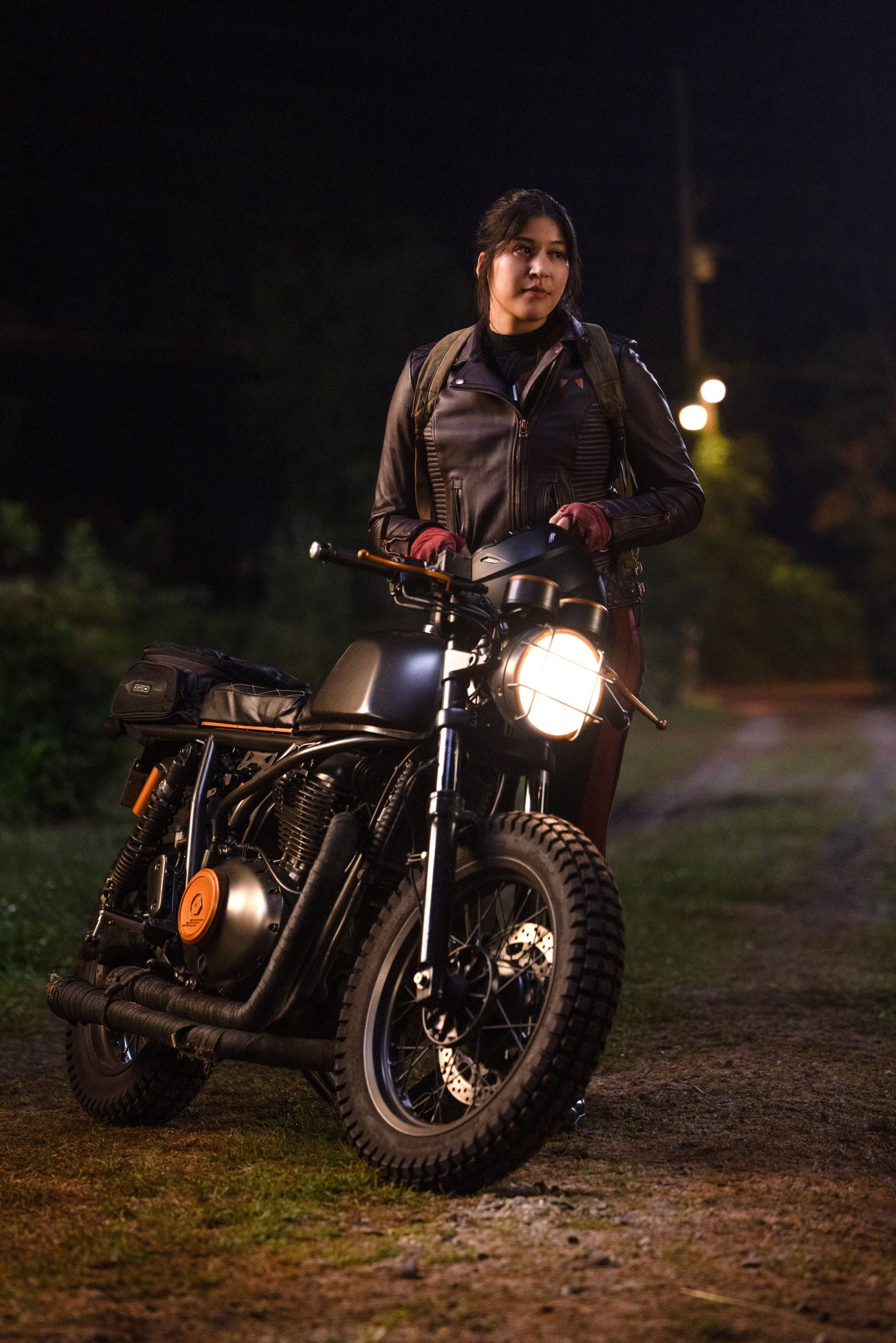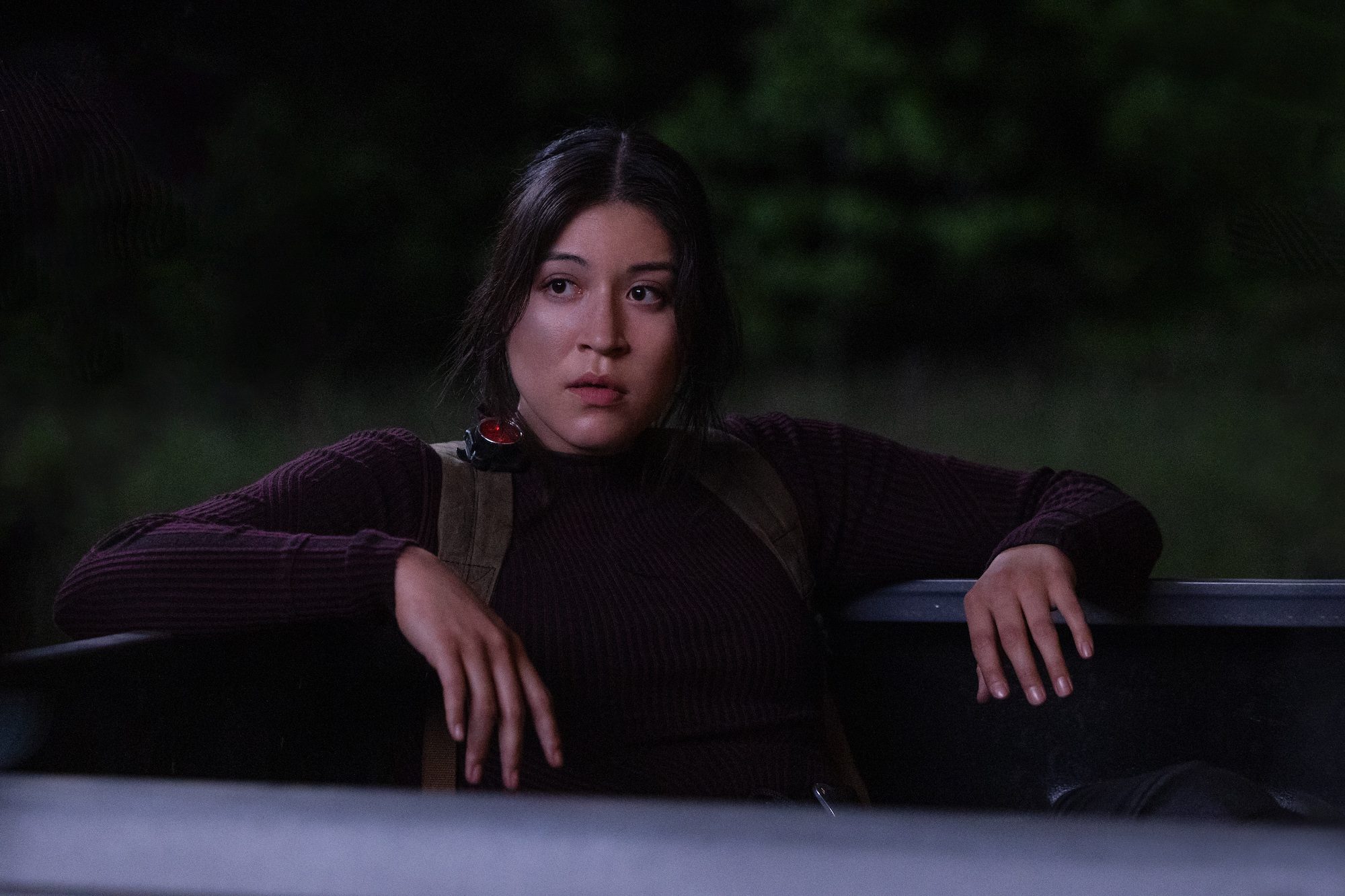
First seen in Hawkeye, Maya Lopez (Alaqua Cox) is the deaf martial artist who nearly defeats the eponymous character. She will be the next Marvel Cinematic Universe (MCU) character to headline her own show, titled Echo after her codename in the MCU. But the show is more than just about a display of diversity for the MCU. It’s about trauma in all its forms — including generational trauma.

“This is something that is unfortunately a real thing for many of us, that there is trauma among the family,” shared executive producer Richie Palmer.”The thing that I’m most excited for viewers to take away from thw show is the story of this woman, Maya Lopez, and her coming to terms with her family and the trauma that was started by her grandmother as a young kid.”
How does she do that? In Echo, which is set after the events of Hawkeye, Maya returns to her hometown to resolve issues that have plagued her life. However, she discovers that there’s more than meets the eye to things, and unexpectedly finds allies like Daredevil (Charlie Cox) and villains like Kingpin (Vincent D’Onofrio) in her quest for the truth — and a resolution to her trauma.

“She’s not a hero when we meet her,” shared Palmer of Maya Lopez. “One of our mission statements from Sydney Freeland, our director, was that Maya is not a hero, and this is a very small step she’s taking, over the course of the show, towards selflessness.”
The show is about “getting to explore the human condition and traumatic events,” explained executive director Sydney Freeland, who also lead the directing on the show. “Specifically, how does trauma affect us, affect loved ones; how do we cope with it, how do others cope with it; and how do we relate to one other [in the face of trauma].”

And there’s no better person to play Maya Lopez than Alaqua Cox. “We both have childhood trauma,” revealed Alaqua Cox of the character she plays. “I am an amputee. So I went through many different kinds of surgeries as a child.”
Alaqua Cox likened her experiences with trauma with Maya Lopez. “And her, Maya, she had the death of her mother, and all these tragic events that happened in her life. So we both have different traumatic experiences, so it kind of makes us very similar in a way,”
Executive producer Brad Winderbaum also concurred. “[Maya] is a character who has a violent past, who has dealt with some real trauma, who has real difficult decisions to make. And [Maya] ultimately has to confront people she loves in order to grow and change. And in following [Maya], it created the tone, it created a grittier and more grounded story for the audience .

But there are some bright spots too. “In exploring trauma, we also get to explore some healing too,” said Freeland.
Being able to explore trauma with characters largely comes down to writing. Vincent D’Onofrio, who plays antagonist Kingpin in the show, has his share of trauma to deal with, given the grievous injuries he was left with at the conclusion of Hawkeye. “In Echo, it’s just more good writing. Without the writing, I can’t really do much other than show up. The writing is there and it gives me the opportunity to bring the character forward.”
Apart from writing, it’s the cinematography that also (literally) sets the scene for how trauma is visually portrayed. Freeland was “trying to incorporate natural lighting wherever possible,” as well as what “felt naturalistic.”
“With our stunts, our choreography, we tried to do things in camera wherever possible,” said Freeland of her directorial approach.
She cited Mad Max: Fury Road, Atomic Blone, and Lady Vengeance as influences on her cinematography. However, there were unique challenges presented by having a deaf protagonist — challenges that ultimately shaped the look of the show and portrayal of the characters.

Maya Lopez communicates with many characters through American Sign Language (ASL), who likewise communicate the same way with her. Thus, being able to fully appreciate their communication requires not just nonverbal facial expressions — but nonverbal hand gestures too. This affects the close-ups for the show, as Freeland explained.
“In order to get a full ASL experience, you have to be able to see the signing [at the torso level] and the facial expressions to get the full emotional thrust.”
So to be able to see the torso level and the face level, mid-shots were required — framing characters such that both the torso and face could be seen. Usually, close-ups are used for more emotional, intense scenes. But the smallest possible shot size for Alaqua Cox was a mid-shot, in order to better see her emoting. So that became the equivalent of a close-up shot for everybody.
“Because this is a ‘close-up’ for Alaqua Cox, this became a ‘close-up’ for everybody else. So in this instance, this was a great positive consequence for everybody embracing deaf culture and deaf society,” stated Freeland.
This article was written for and first published on Yahoo.
Leave a Reply